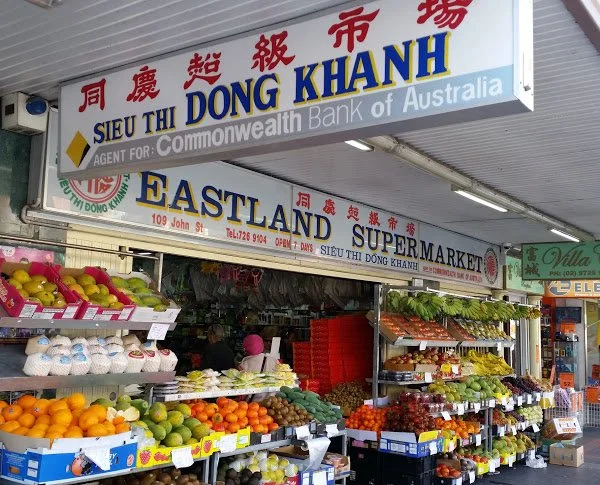What does it mean to be a refugee?
The Australian Perspective
Every year, millions of people are forced to leave their homes, their families, flee their countries and seek refuge abroad. And Australia is one of the countries that welcome the largest numbers of refugees annually. Before we delve deeper into the subject, we should clarify the key terms which are often confused and misinterpreted.
The different types of migrants
An asylum seeker is a person who is forced to leave their home and seek protection in another country. country because their life is threatened by war, persecution, violence and violation of their human rights.
A refugee is an asylum seeker who has received a refugee status. Refugees may move directly to the host country or wait for resettlement while transiting in a third party country. Not every asylum seeker is given a refugee status, but every refugee starts out as an asylum seeker.
A migrant is a person who moves abroad for a variety of reasons, including the pursuit of better economic opportunities, employment, education, higher quality of life, safety, and family. Migration can be voluntary or involuntary, or a combination of both.
The refugee’s journey
Each refugee’s life story is different, but what is common is the long and perilous journeys, full of hardships, risks, despair and uncertainty.
The departure is most often urgent and unplanned. When people flee so suddenly, they do not have the required documents and financial means to travel abroad legally. They cannot board aeroplanes and embark on a dangerous journey by sea or land, often entrusting their lives to smugglers.
People leave everything behind, fleeing without any belongings. During their voyage, they may have minimal access to shelter, water and food.
When they cross borders, the right to resettlement is yet to be obtained and they are placed in refugee camps. These are built as temporary shelters, where people stay until they can either return home safely, settle in the host country or depart to another country.
In the destination country, they must first apply for asylum. Only if the application has been accepted will they officially receive refugee status. However, this is not always possible, and a great number of people end up living in camps for years.
Having the application approved does not mean an instant start of a new, better life. Now follows a long process of resettlement and integration. Refugees face many challenges, starting from limited rights in the host country, such as not being allowed to join the workforce and surviving on humanitarian aid alone, to language barriers and racism.
Challenges faced by refugees
Refugees face a number of challenges even upon settlement in a safe country:
Physical and psychological trauma caused by horrific experiences of war, deaths, disasters, loss of home and loved ones., exacerbated by survivor guilt.
Ongoing insecurity, such as around one’s immigration status, and persistent feeling of uncertainty about the future.
Separation from family and lack of communication. Those who fled alone, are hoping to reunite with their families later. This may take years, if ever.
Financial hardships. Those who don’t have a work permit are struggling to sustain their family.
Having to adjust to new systems, laws, and regulations in the host country.
Finding affordable accommodation.
Language barriers and culture shock. Having to learn the local language and customs from scratch.
Racism, discrimination and other related social integration issues.
Children
Did you know that nearly half the world’s refugees are children? Many of them are unaccompanied by an adult, which makes them especially vulnerable to human trafficking, child labour or sexual exploitation. In addition to the challenges mentioned above, those who managed to escape as refugees suffer from:
Low literacy levels as a result of disrupted education and lack of finances for education.
Detriment to upbringing as a result of separation from parents.
Issues with self-identity and belonging, since they relocate at a young age.
Shifted family roles – without parents, older siblings have to take care of the younger ones and miss out on their own childhood.
Where do most Australian refugees come from?
Over the past 10 years, Australia has become home to 114,500 refugees, which is 11% of all resettled refugees worldwide. In comparison, 55% went to the USA (575,600), and 20% to Canada (210,600).
Below is a list of refugee and humanitarian visa entrants by top 10 countries of origin in 2018–2019:
Source: Settlement Services International, 2018-2019.
Final words
Historically, Australia has been one of the leading countries in refugee resettlement. From 1945, when World War II displaced half a million Europeans, to the periodic waves of asylum seekers from South East Asia, to those escaping conflict in the Middle East, many nations have gradually created the Australia we have today.
Apart from bringing cultural diversity, refugees contribute greatly to Australia in many other aspects including the workforce, entrepreneurship and volunteering.
Most refugee families manage to integrate well into Australian society and generate substantial benefits to the economy. According to The Centre for Policy Development, refugees are more than twice as likely to establish their own businesses than the general Australian population.
This article was written in 2021 and dedicated to the Refugee Week that was celebrated in Australia from June 20-26. The Week’s theme of Unity was chosen to promote togetherness and harmony and remind us that it is diversity, the unique mix of ideas, worldviews and life stories that created the great way of life we have today.




